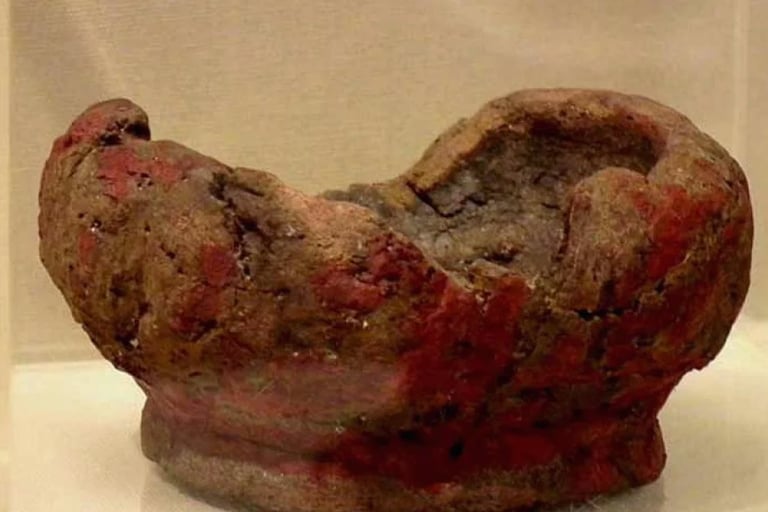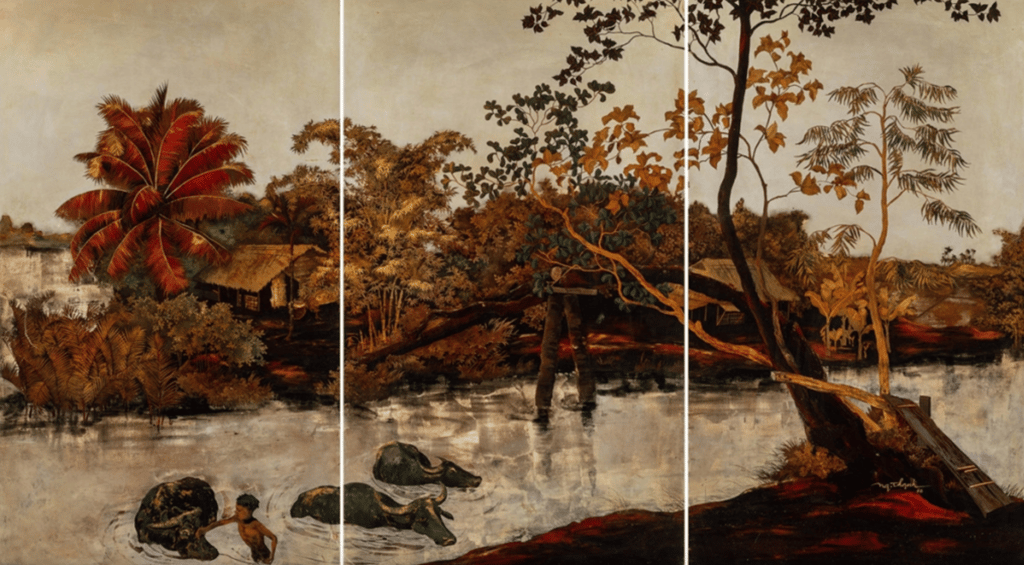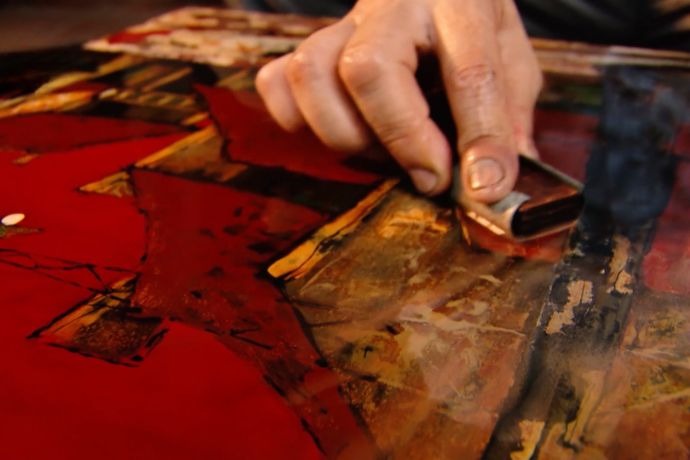Vietnamese Lacquerware: Layered Time and Craft
Sơn Mài: Vietnamese Lacquerwork Through Time
3/24/20252 min read
Vietnamese Lacquerware: Layered Time and Craft
Sơn Mài: Vietnamese Lacquerwork Through Time
In Vietnam, lacquerware takes on a unique form known as sơn mài. Unlike in other traditions where lacquer serves primarily as a protective coating, sơn mài evolved into an artistic medium in its own right, especially during the early 20th century, when Vietnamese artists began to explore lacquer painting in more expressive and layered ways.
Lacquerware is one of those crafts that reveals its depth slowly, not just visually, but historically and culturally. Across Asia, this art form has developed over centuries, from China and Japan to Korea, Myanmar, and Vietnam. While each region has its own techniques and aesthetics, what they share is a devotion to patience, detail, and respect for natural materials.


"Oldest Known Lacquerware, 8,000 Years Old, Unearthed in Eastern China"
The process begins with harvesting natural lacquer sap (from the Rhus succedanea tree), which is then applied in thin layers onto a wood or bamboo base. Each coat must dry completely before being sanded and polished. A single piece might include 10 to 20 layers, sometimes more, with materials like crushed eggshell, gold leaf, or mother-of-pearl inlaid between the coats to create depth and light play.
This subtractive method, where artists sand through layers to "reveal" the image underneath, makes sơn mài distinct. It’s not about applying paint on a surface, but about building and uncovering the final image over time.


"The lacquer painting of the Mekong Delta landscape in 1966 by Nguyen Van Thạnh"
Elsewhere in Asia, lacquer has taken on different forms: the bold reds and golds of Chinese furniture, the minimalist elegance of Japanese urushi ware, or the black and red carving work found in Burma. But Vietnamese lacquerware carries its own quiet rhythm, often more subtle, more organic, and deeply tied to both folk and fine art traditions.
What draws me to lacquer is the slowness. It’s an art that resists speed. Everything happens in layers: material, texture, time. In that way, lacquer doesn’t just decorate, it reflects a way of thinking, one that values process just as much as the final form.


Company
Vietnam
reiphan2123@gmail.com
+84 - 0902 984 853
© 2025. All rights reserved.